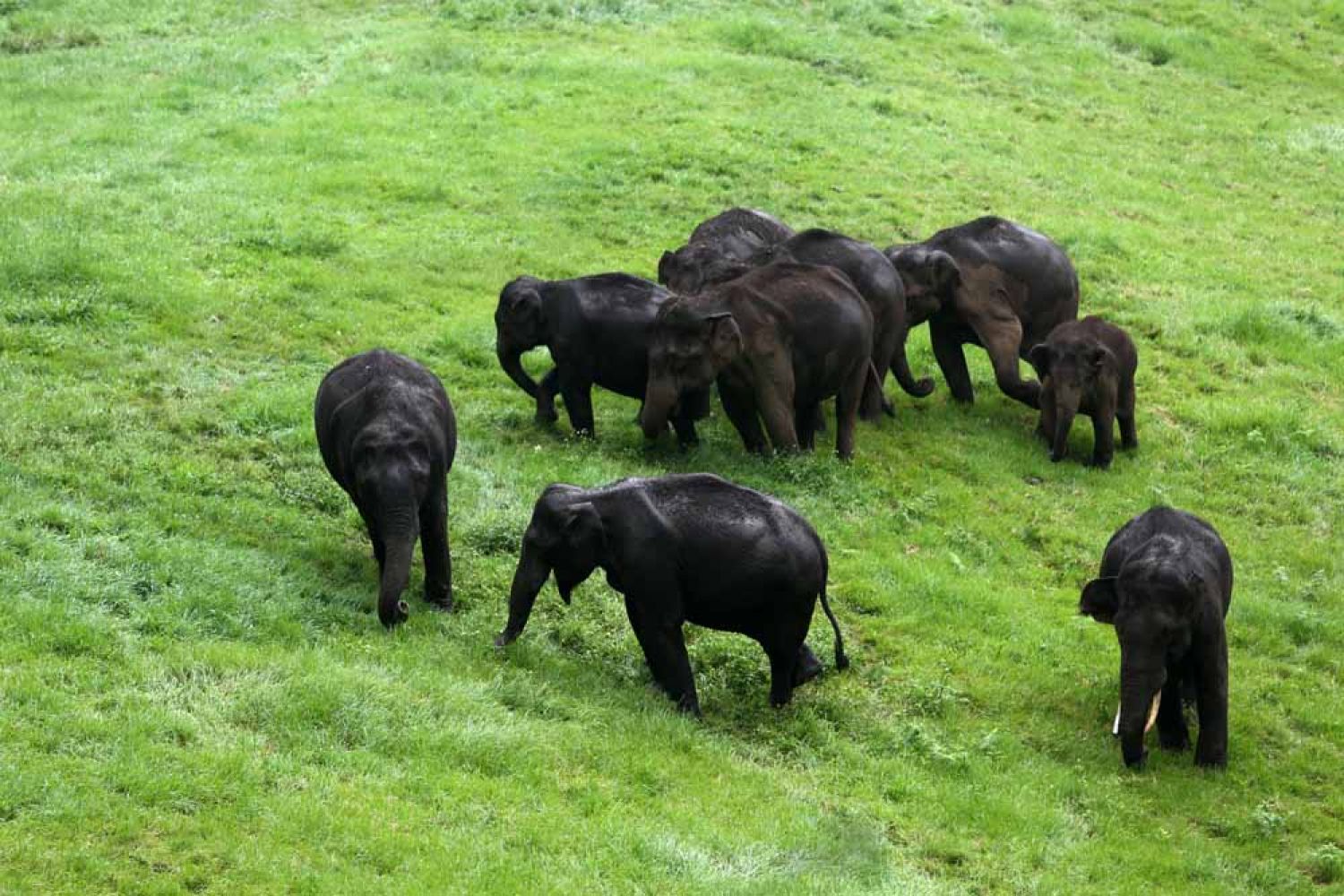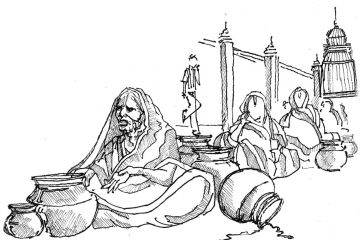
301 colony, on the banks of the Anayirangal dam
reservoir in Idukki, Kerala, gets its name from the government scheme which
created it in 2001-2002: it is a settlement for 301 tribal families as part of
a rehabilitation project. The spur for the scheme was the Kudilketti Samaram
(hut building agitation) by Adivasis under the leadership of social activist C. K. Janu. They took their
protest to Thiruvananthapuram, where they built makeshift huts on the pavement
outside the state secretariat





